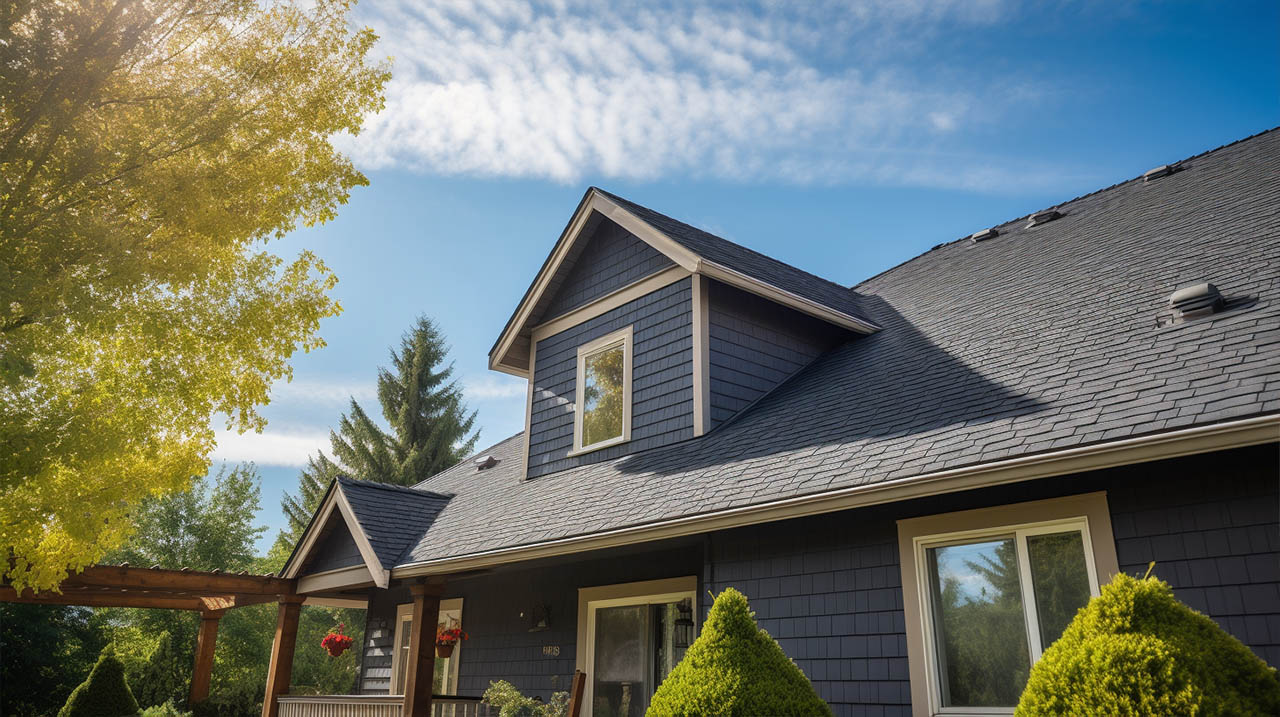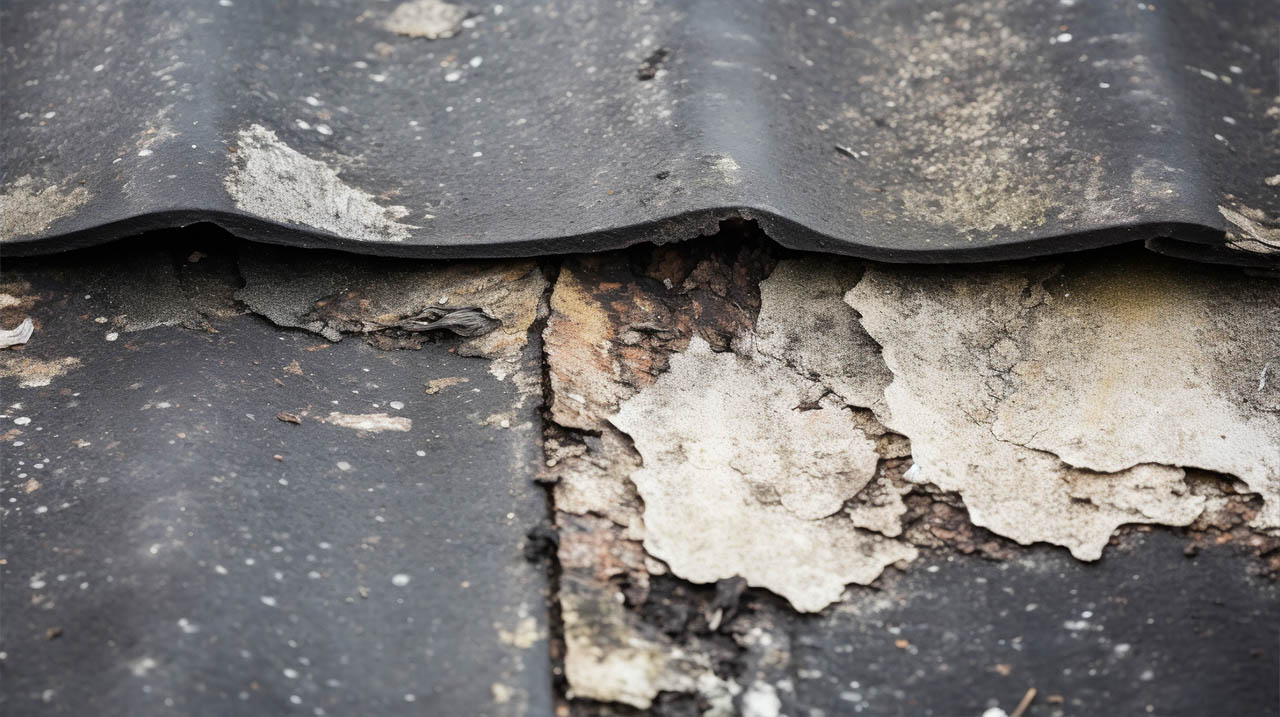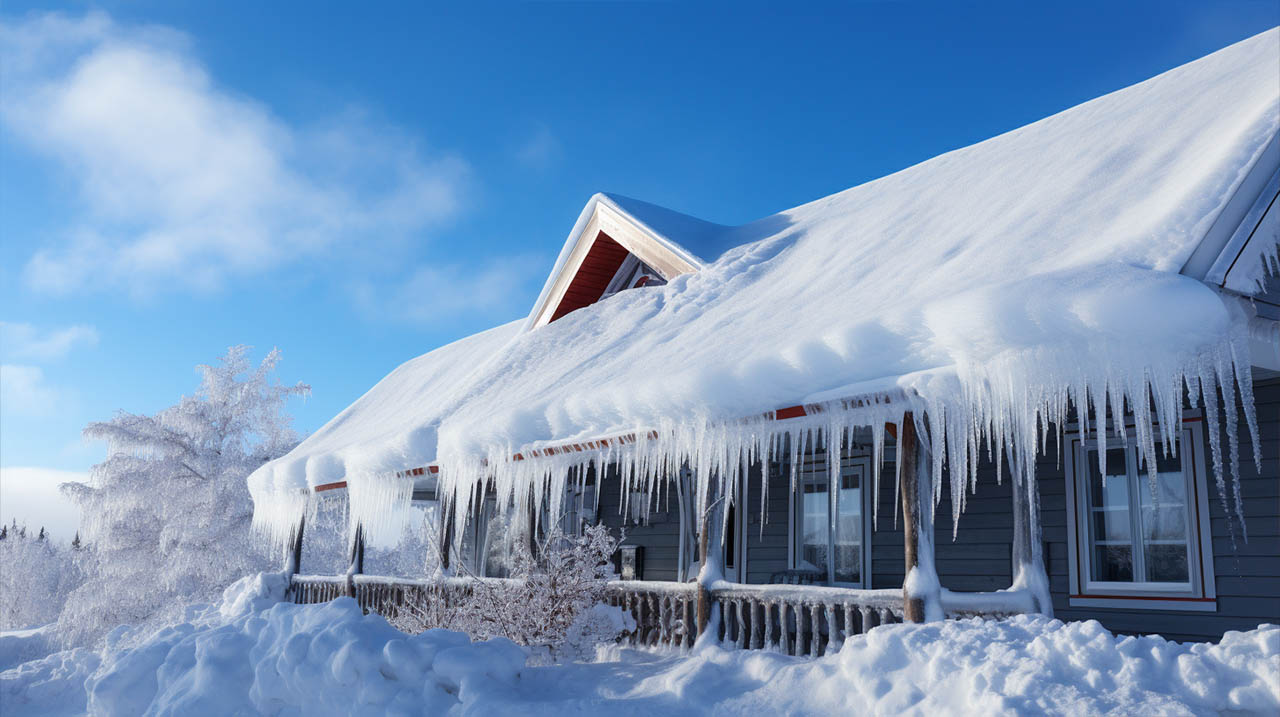Introduction to Hip Roofs
When it comes to selecting the ideal roof design for your home, the choices are vast. However, among the myriad of options, the hip roof stands out as a favorite for many homeowners. Not only is it aesthetically pleasing, but it also offers numerous benefits that cater to various needs. In this guide, we delve deep into the world of hip roofs, exploring their history, benefits, and considerations.
What Exactly is a Hip Roof?
A hip roof is characterized by its four downward sloping sides, with no flat face along the roofline. This design contrasts with the gable roof, which has only two sloping sides and two vertical walls. The hip roof’s popularity in North America is second only to the gable roof.
While the hip roof has its roots in South East England, its appeal has transcended borders, making it a common choice in North American homes. But what has contributed to its enduring popularity?
Key Advantages of the Hip Roof
1. Space Efficiency
In densely populated areas where space is at a premium, hip roofs are a go-to choice. Their design is particularly suited for neighborhoods or cities where homes are closely packed.
2. Wind Resistance
For those residing in coastal regions or areas prone to high winds, the hip roof is a blessing. Its design offers superior wind resistance, ensuring that homes remain protected even during extreme weather conditions. This resilience is attributed to the roof’s self-bracing nature, which demands less vertical support compared to other roof types.
3. Simplicity in Construction
Ask any builder, and they’ll likely tell you that constructing a hip roof is a straightforward process. This ease of construction not only speeds up the building process but also instills confidence in builders undertaking the project.
Points to Ponder
While hip roofs are undoubtedly beneficial, they come with their set of considerations:
1. Limited Attic Space
If a spacious attic is on your wishlist, the hip roof might not be the best fit. Its design inherently offers less attic space compared to the gable roof.
2. Snow Accumulation
For those living in snow-prone areas, the hip roof might pose challenges. Its design isn’t the most conducive to heavy snowfall. However, with the right architectural tweaks, it can be made more snow-resistant.
3. Cost Implications
Owing to the need for more roofing materials, hip roofs tend to be pricier than their gable counterparts. Yet, the investment can be justified by the protection and aesthetic appeal they offer.
Partnering with the Best: Kanga Roof
Choosing the right roof style is crucial, but equally important is selecting the right partner for the job. At Kanga Roof, we pride ourselves on delivering top-notch roofing services. Whether you’re considering a hip roof or any other style, our team is equipped to offer guidance and execute the project to perfection.
For those in Columbia, our reputation as a leading roofing company in Columbia MD is a testament to our commitment to excellence. With Kanga Roof, you’re not just getting a service provider; you’re partnering with a team that prioritizes your comfort and safety.
If you’re contemplating a roof replacement in Columbia MD or need expert advice on the best roofing solutions, Kanga Roof is here to assist. With our expertise, your home will not only look great but also stand strong against the elements.
Conclusion
The hip roof, with its rich history and array of benefits, is a worthy consideration for any homeowner. While it has its set of challenges, with the right guidance and expertise, it can be a valuable addition to any home. And with partners like Kanga Roof by your side, you’re assured of a roofing solution that stands the test of time.







